We use cookies to make your experience better. To comply with the new e-Privacy directive, we need to ask for your consent to set the cookies. Learn more
How much fibre does a horse need?
So what is fibre?
Horses are plant eaters, designed to consume large amounts of fibre from the environment around them. Fibre comes in the form of roughage (grass, hay etc.) which also contains essential nutrients. Fibre is largely indigestible but the microbes in a horse’s hindgut (large intestine) are able to break it down and convert it into energy. So how much fibre does a horse need?
What’s in Roughage?
Roughage contains all of the essential nutrients a horse needs – water, energy, protein, vitamins and minerals. The quality of roughage should be based on the entire nutrient content.The mineral content in roughage tends to be higher in legumes than grasses but this is very dependent on the soil it grows in. The vitamin content is also higher in green forage rather than sun bleached or weather damaged.
Types and Physical Forms of Roughage
Roughage comes mainly two types – legumes and grasses. Legumes includes Lucerne and clover, they tend to provide more energy and have a higher protein and mineral content than grasses. The simplest forage is pasture, which can contain both grass and legume plants. Pasture varies from climate to climate, unfortunately when weather becomes harsh the pasture will become dormant – increasing reliance on stored roughage like hay. Stalky feed like straw and some hays are not very nutrient dense but they keep the digestive tract moving which can reduce the risk of stable vices and stomach ulcers.
Forage Quality
Forage quality is dependent on species of plant, stage of maturity and where the plant was grown. As legumes are more nutrient dense, they would be more suited to competing horses, broodmares and growing horses. As grasses have a lower energy content they’re better for less active horses. Plants grown in nutrient deficient soil will have less nutrients and be of lower quality.
How to assess quality hay
When assessing quality hay, you need to look for;
- Leaf to stem ratio: more leaf than stem is better.
- Length of seed head: a short head indicates better quality.
- Colour of the plant: the greener the better.
- Presence of dust or mould: the more there is the worse the quality.
How much fibre does a horse need?
Horses require at least 1 - 1.5% of their body weight in forage per day e.g. 5 – 7.5kg of forage for a 500kg horse. When a horse has free access to forage, they spend more time chewing and therefore producing more saliva. There are suggestions that increased saliva can reduce the acidity in the stomach and thereby reduces risk of acidosis and associated problems. Therefore, most horse experts suggest regular small meals when feeding your horse.
In summary; horses are designed to consume large amounts of forage and it should take up the largest portion of their diet. It contains essential nutrients to fuel a horse and prevent health issues. Remember this is general information and each horse has different requirements, speak to your local veterinarian for a more specific diet if you have concerns about your horse.

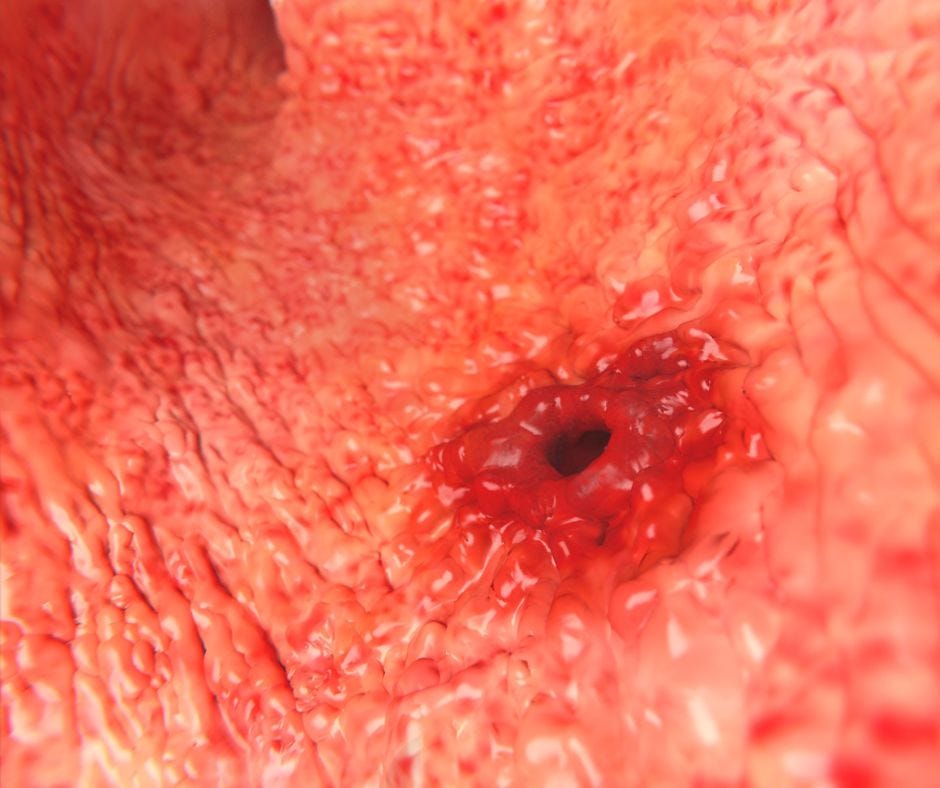
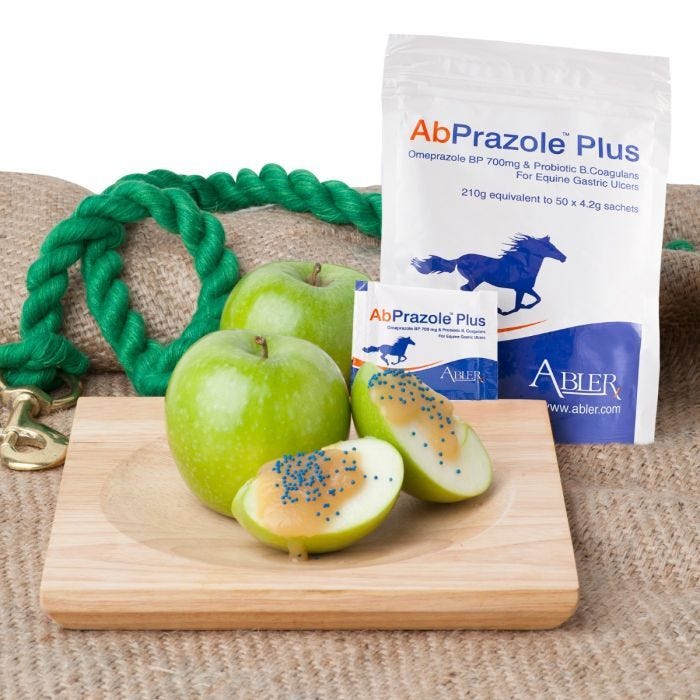
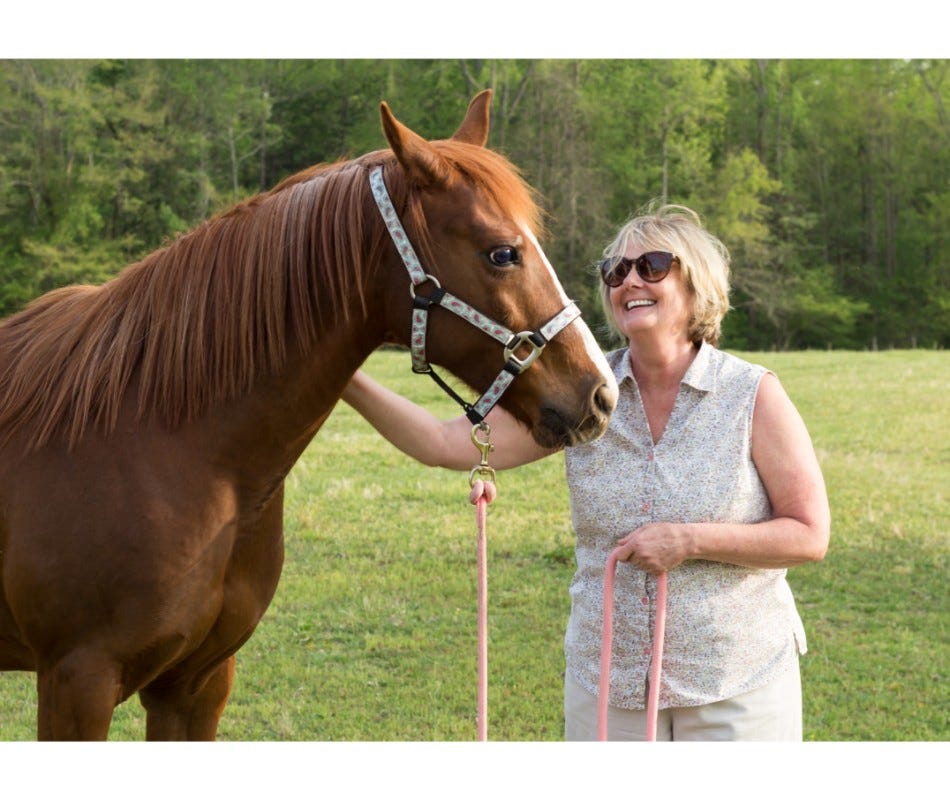
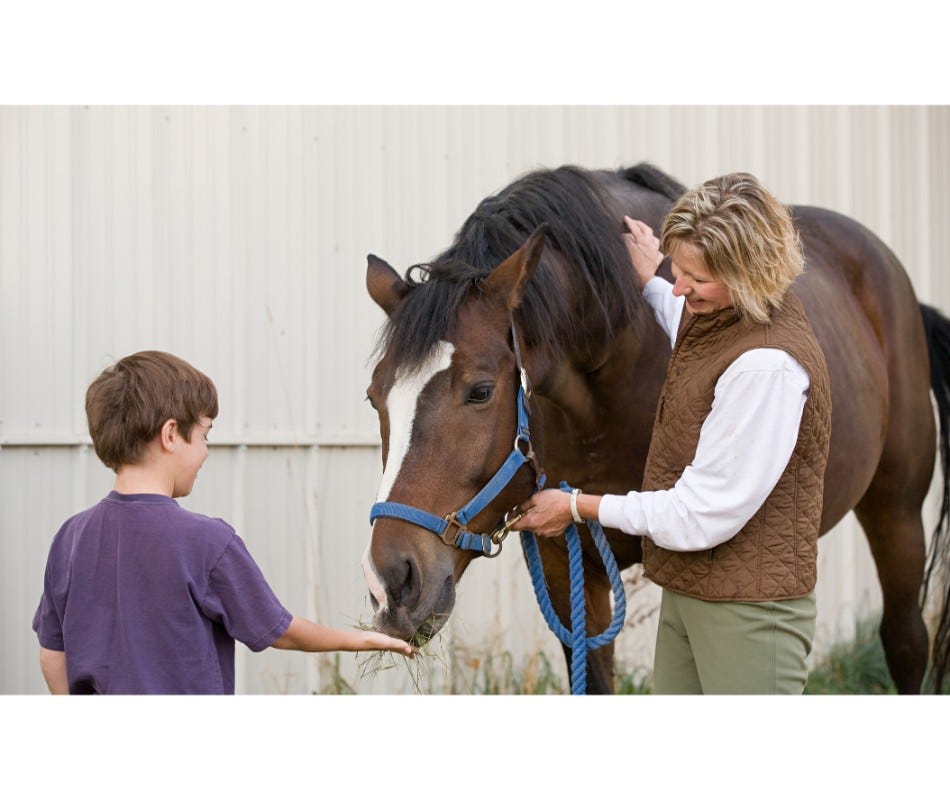
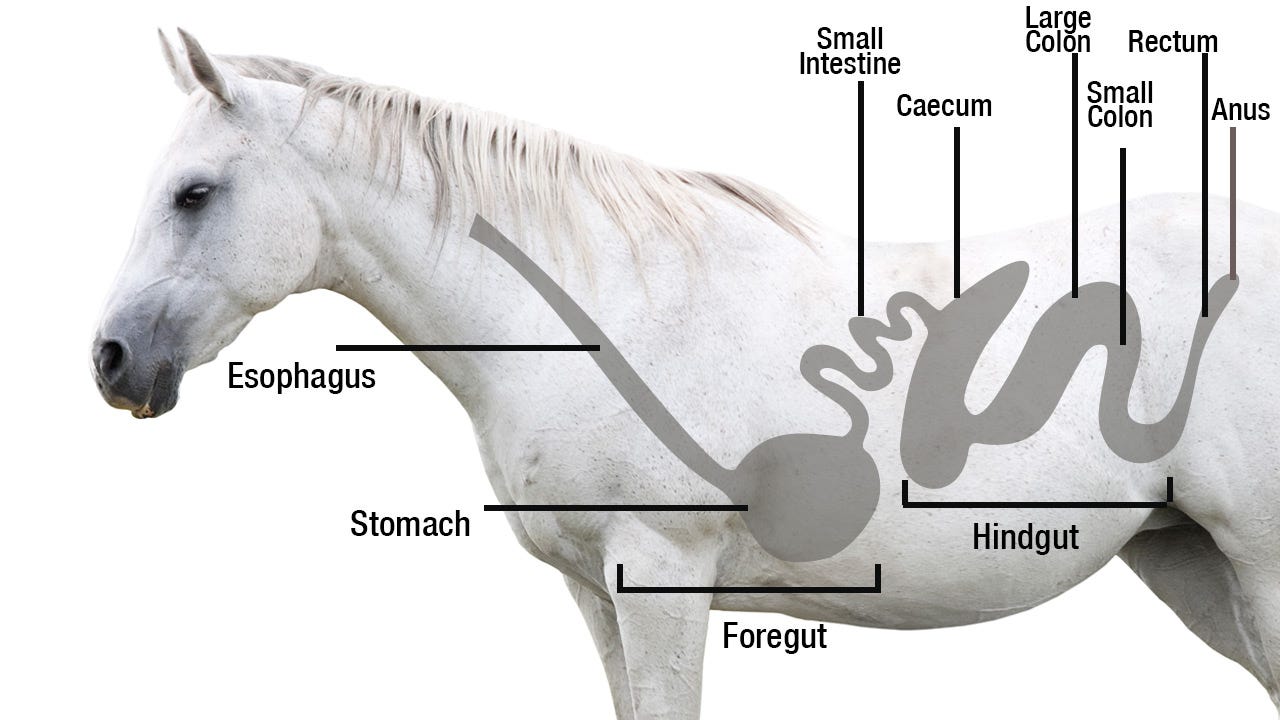
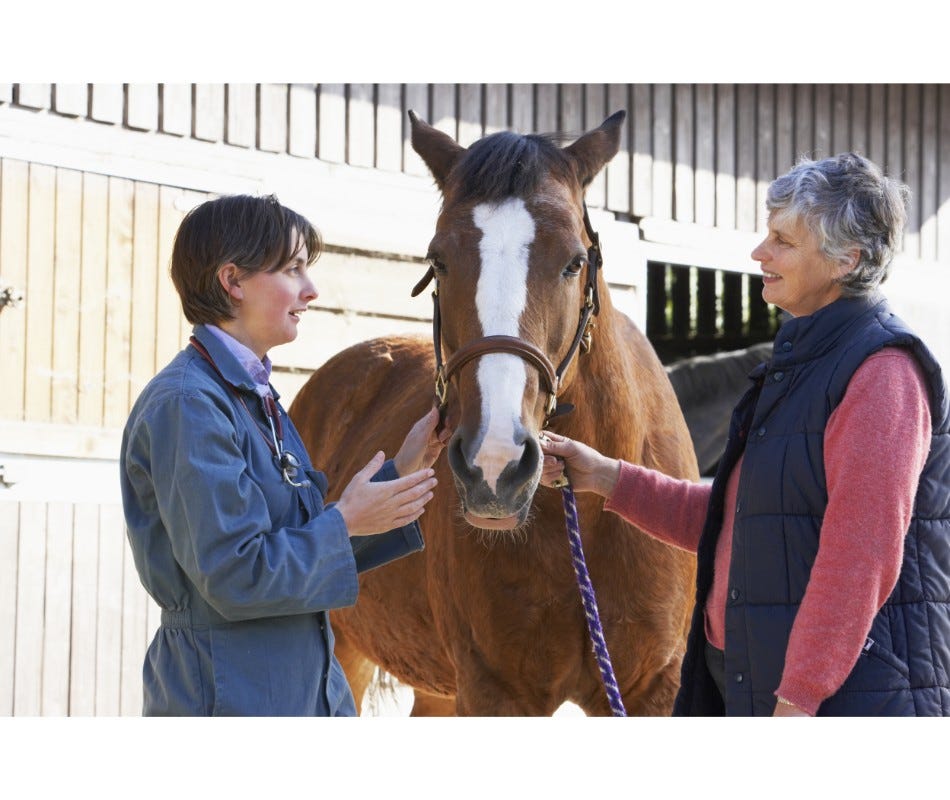
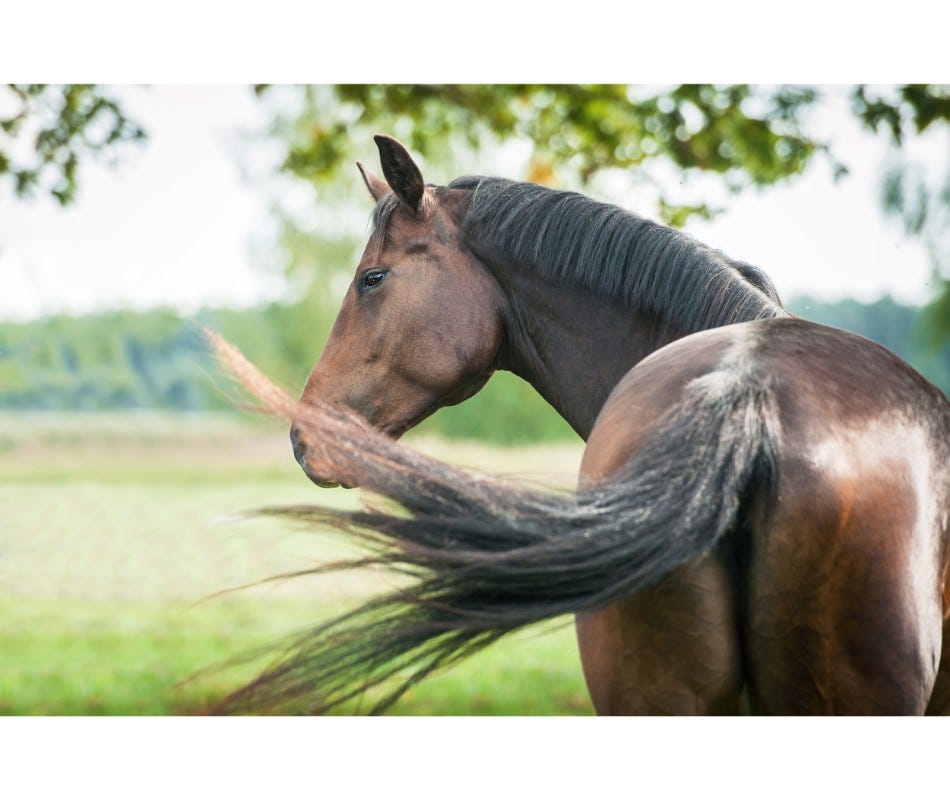
Validate your login